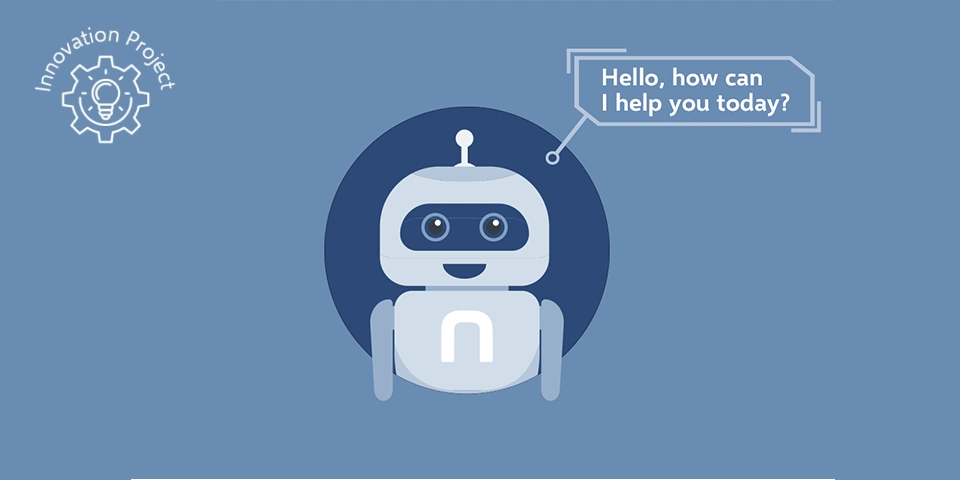As is almost always the case when adopting new technologies, there are several factors to consider in order to determine whether using an AI chatbot is right for your business. Here we will provide an overview of some aspects to consider when it comes to evaluating the use of AI chatbots in digital banking
Advantages of AI chatbots
There are some obvious gains to be had when adopting chatbots in banking, one being the potential for notable cost savings in the long term by optimizing branch operations and not losing customer interactions but rather elevating them to a new hyper personalized level. Chatbots also can be activated at any time and do not get tired, providing assistance more flexibly. If the customer wishes it, they can also analyze their banking and spending data to provide them with more personalized advice, leading to higher customer satisfaction.
Disadvantages of AI chatbots
Again, when dealing with new technologies, there are bound to be costs tied to initial implementation. These can seem high to begin with, but often pay off over time with saving on other costs. Another issue to consider is making sure data security concerns are covered. The bank system must be absolutely secured against unauthorized access and customer must feel reassured that the chatbot is treating their sensitive information with confidentiality. Finally, although chatbots have made great strides in natural language understanding, they are not on the same level as humans and may misunderstand context in some queries. Periodic supervision of chatbot answers is advisable, to make sure they are not providing irrelevant information and that ethics codes are being followed.
The AI banking landscape today
Several banks have already started using AI chatbots for various purposes.
The American Citibank is using AI for early fraud detection, risk management and customer relationship management. Deutsche Bank is testing possible applications for them in evaluation of loan risks, trading strategies and customer service, and the Dutch bank ING is trialing solutions for credit scoring and improving customer satisfaction. It’s still early days, but feedback suggests that customers are responding well to a more unified and coherent approach in responses from the bank.
Netcetera has also made progress in this area, developing a AI Banking Assistant which can search transactions, block cards and carry out other essential functions while in conversation with the customer.
Outlook for the future
At the end of the day, each banking institution must weigh up all positive and negatives to make their own decision on AI. However, judging from decisions made by some of the major players suggest that now is the time to jump on innovation so as not to fall behind competitors and keep abreast of market evolution. In view of the many opportunities that Generative AI opens up for banks and insurance companies, it is best to stay informed and may be too costly an option to take a “wait and see” approach.
Want to know more on this topic? You can always contact Netcetera experts for more information.
